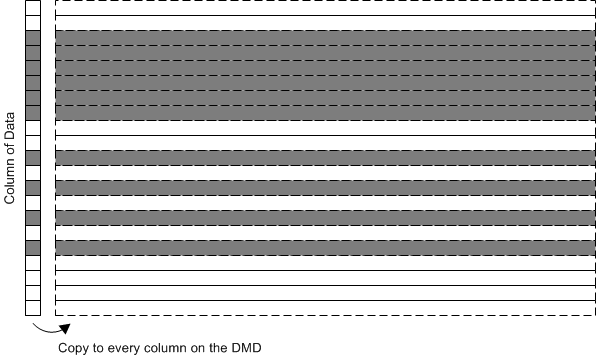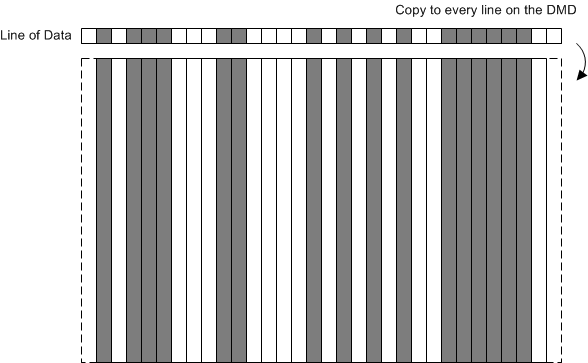DLPS112C June 2018 – August 2021 DLPC3479
PRODUCTION DATA
- 1 Features
- 2 Applications
- 3 Description
- 4 Revision History
- 5 Pin Configuration and Functions
-
6 Specifications
- 6.1 Absolute Maximum Ratings
- 6.2 ESD Ratings
- 6.3 Recommended Operating Conditions
- 6.4 Thermal Information
- 6.5 Power Electrical Characteristics
- 6.6 Pin Electrical Characteristics
- 6.7 Internal Pullup and Pulldown Electrical Characteristics
- 6.8 DMD Sub-LVDS Interface Electrical Characteristics
- 6.9 DMD Low-Speed Interface Electrical Characteristics
- 6.10 System Oscillator Timing Requirements
- 6.11 Power Supply and Reset Timing Requirements
- 6.12 Parallel Interface Frame Timing Requirements
- 6.13 Parallel Interface General Timing Requirements
- 6.14 Flash Interface Timing Requirements
- 6.15 Other Timing Requirements
- 6.16 DMD Sub-LVDS Interface Switching Characteristics
- 6.17 DMD Parking Switching Characteristics
- 6.18 Chipset Component Usage Specification
-
7 Detailed Description
- 7.1 Overview
- 7.2 Functional Block Diagram
- 7.3 Feature Description
- 7.4 Device Functional Modes
- 7.5 Programming
- 8 Application and Implementation
- 9 Power Supply Recommendations
- 10Layout
- 11Device and Documentation Support
- 12Mechanical, Packaging, and Orderable Information
Package Options
Mechanical Data (Package|Pins)
- ZEZ|201
Thermal pad, mechanical data (Package|Pins)
Orderable Information
7.3.2.2 Internal Pattern Mode
There are two key differences between internal and external pattern mode:
- Internal pattern mode only supports 1D patterns i.e the pattern data is same across the entire row or column of the DMD (Figure 7-12 and Figure 7-13).
- Internal pattern mode enables user to design a simple system by eliminating need of an external processor to generate and send patterns every frame. In internal pattern mode one row or one column patterns are pre-loaded in the flash memory and a command is send to DLPC3479 controller to display the patterns. Implementation details on how to create patterns, save patterns in Flash memory and load patterns from flash memory into the internal memory of the DLPC3479 controller are described in the SW Programmers Guide.
 Figure 7-12 Column Replication
Figure 7-12 Column Replication Figure 7-13 Row Replication
Figure 7-13 Row ReplicationInternal pattern mode further provides two configurations to trigger the display of patterns, free running mode, (shown in Figure 7-14) and trigger in mode (shown in Figure 7-15).